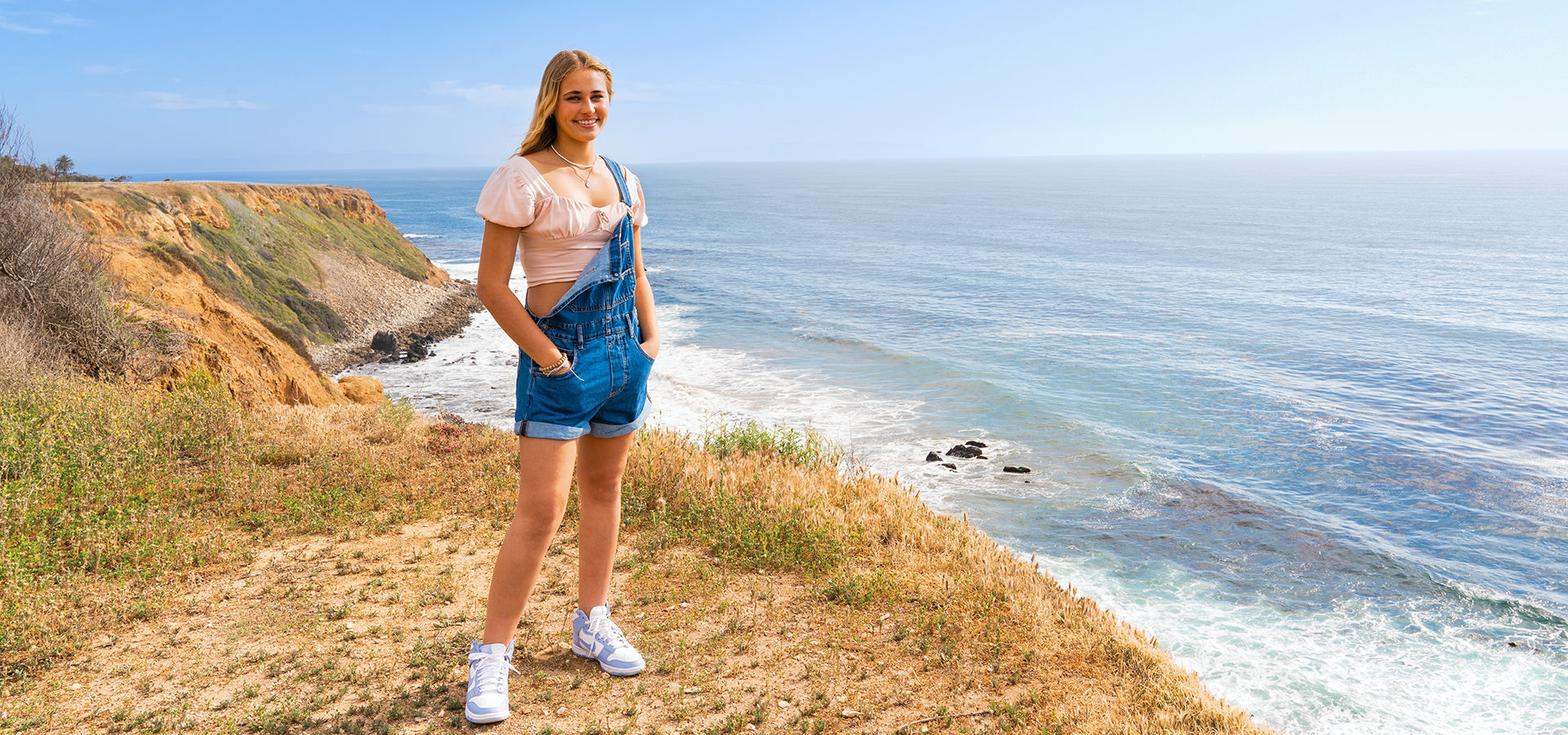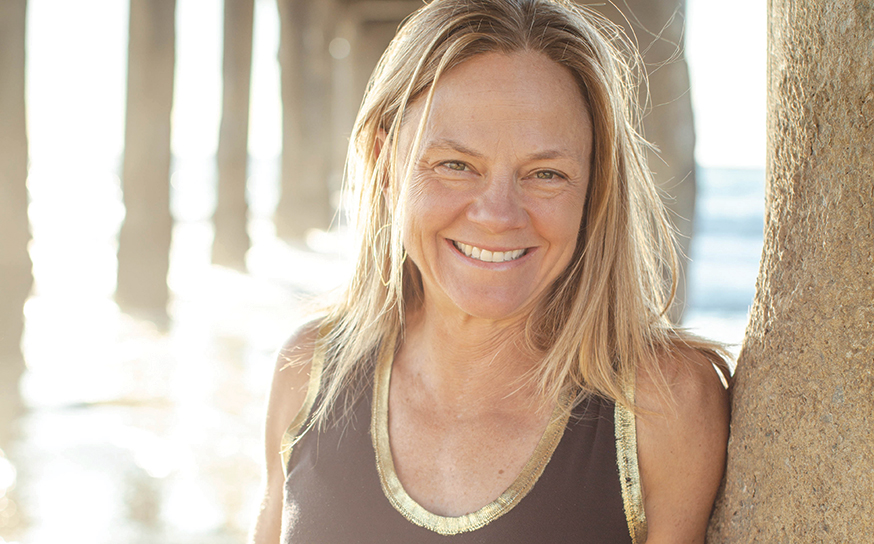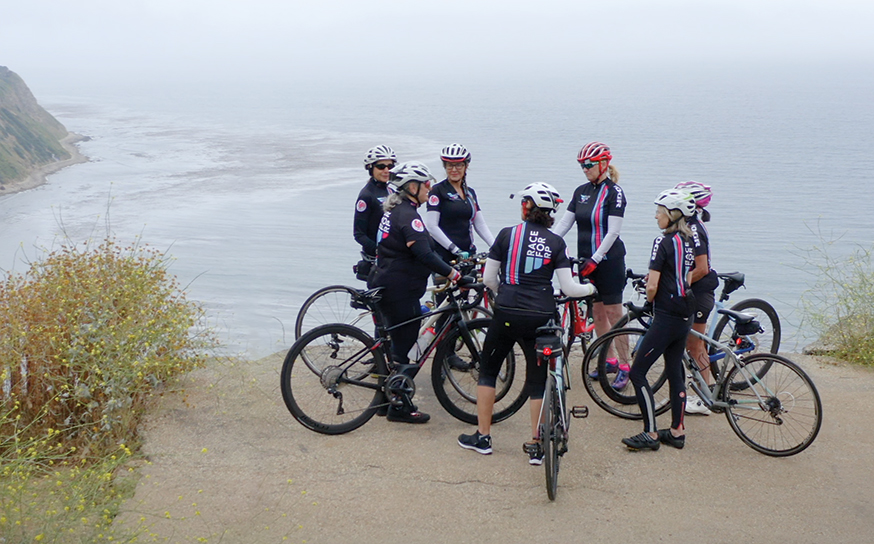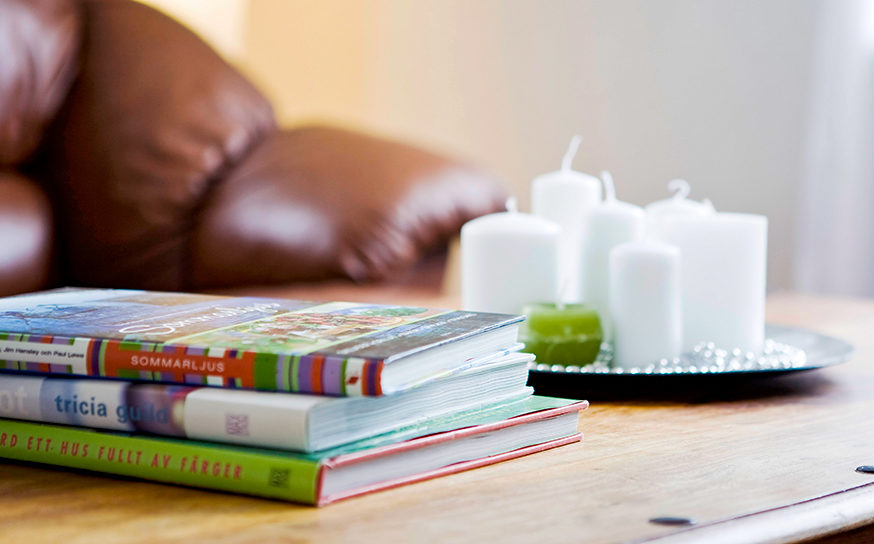When Julia Conkling Started Her Club at Palos Verdes High, She Didn’t Know That Her Idea Was Part of a Revolution
You are enough.
- CategoryHealth
- Written byGloria Williamson, RD
- Photographed byShane O’Donnell
At age 14, the first image I saw that I thought defined beauty was Tawny Kitaen doing a graceful cartwheel over the hoods of two Jaguars. Her lean legs, long wild red hair, narrow hips, colorful makeup and full bust are permanently imprinted on my mind. Now looking back at her role in the Whitesnake video “Here I Go Again,” I see much more in her animated performance. But at the time I thought, “In order to be beautiful, to be considered attractive, I need to look like her.”
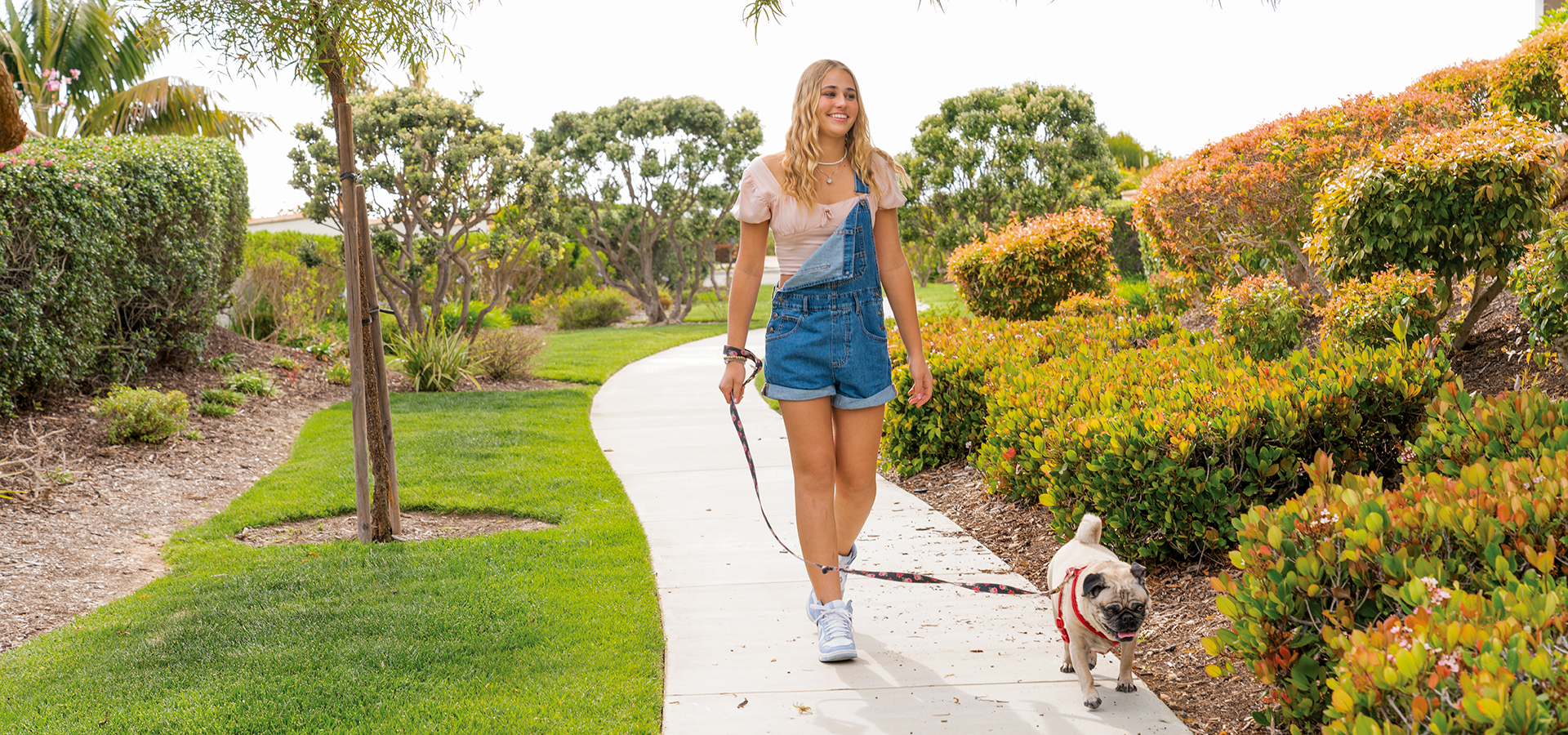
In 1988 I could spray my permed hair, put on another coat of teal eyeliner, pull up my acid-wash jeans and head to school. If my hair deflated or my eyeliner smeared, it was never going to be photographed and posted. It was never going to be compared to another image of how I looked in a selfie. Other than stopping into the girl’s bathroom at some point, I never saw how my Tawny-inspired look held up or thought much about how well I pulled it off.
Julia Conkling and more than 42 million teens like her in the United States no longer have the luxury of walking out the door and leaving most of their self-consciousness in the bathroom mirror. The smallest choice they make about a shade of eyeliner or a style of tennis shoe could end up being the center of slander either online or in person.
Julia got caught in the culture of judgment and public shaming early on, but by the time she hit her freshman year of high school, she had learned a lot about the movement sometimes referred to as “body positivity.” She explains its central values: “Not bashing how others look. Not making comments. Not judging people based on what foods they are eating.”
At her high school, like many others across the country, Julia constantly hears comments about how others look, what they wear and what they eat. Any moment can be criticized, and any person can be compared to an image on the internet—even an image of themselves.
Many parents and adults who have the responsibility to keep kids and teens safe in this unprecedented time of hyperconcentrated beauty culture are ill-prepared for how their words and actions can affect today’s youth. Julia has noticed, especially in the Southern California culture of health, that parents and teachers often fixate on good foods versus bad foods, body types and eating styles. She defines health differently.

“Eat a variety of foods that can include fast food, fruits and vegetables—it’s all food,” Julia says. “Have what feels good and listen to your body. Being on a diet is not healthy unless you have a doctor tell you that you need a special diet because of a health issue.”
The body positivity movement—also known as body acceptance, size diversity justice or size inclusivity—has surfaced in response to the narrow and unrealistic or imbalanced versions of bodies and diets portrayed on the internet and in social media. It is also fueled by racial justice and disability justice movements that call attention to the limited ways we see bodies portrayed and accommodated in so many aspects of our society.
Algorithms programmed into many social media platforms tailor our feeds to offer dietary suggestions, workout routines and celebrities who portray unrealistic images and lifestyles. This directly affects teens, who are especially impressionable. While Julia and many other teens are very aware that most of these images are manipulated using filters and photo editing apps, it still sets up ideas sometimes known as “beauty ideals” or “aesthetic ideals.”
As a registered dietitian, I work in private counseling with clients of all genders who have difficult relationships with food and body—including eating disorders. I am alarmingly familiar with the dangerous effect the culture of health and beauty has on both teens and adults.
When I heard about Julia’s club, named You Are Enough, I was astounded. The club includes a group of more than 200 students, formed on club rush day at Palos Verdes High. Drawn in by some great marketing on Julia’s part, which included an eye-catching table and a bowl of candy, they were enticed to stay due to the welcoming space that allowed students to share their worries, experiences and insecurities with each other.
“Don’t spend so much time in the mirror. Eat what you want. Take time for yourself. If you need a social media break, that is OK.”
Julia has been pleasantly surprised by how the club has taken shape. Club members make suggestions for discussion topics and have taken action such as the letters they wrote to clothing store Brandy Melville protesting their “one-size-fits-all” claims that exclude many Americans.
In addition to other benefits, the students attending You Are Enough meetings eat lunch at a time when lunch consumption has greatly diminished in high schools all over Southern California. Julia identifies it as a huge win that they can begin to normalize eating lunch on her campus.
She sees herself continuing into a career where she helps people either with their mental or physical health. In the meantime, she tries to spread the body positivity message to her peers.
“Don’t spend so much time in the mirror,” Julia advises. “Wear what you feel comfortable in, not what pleases other people. Eat what you want. Take time for yourself. If you need a social media break, that is OK.”






